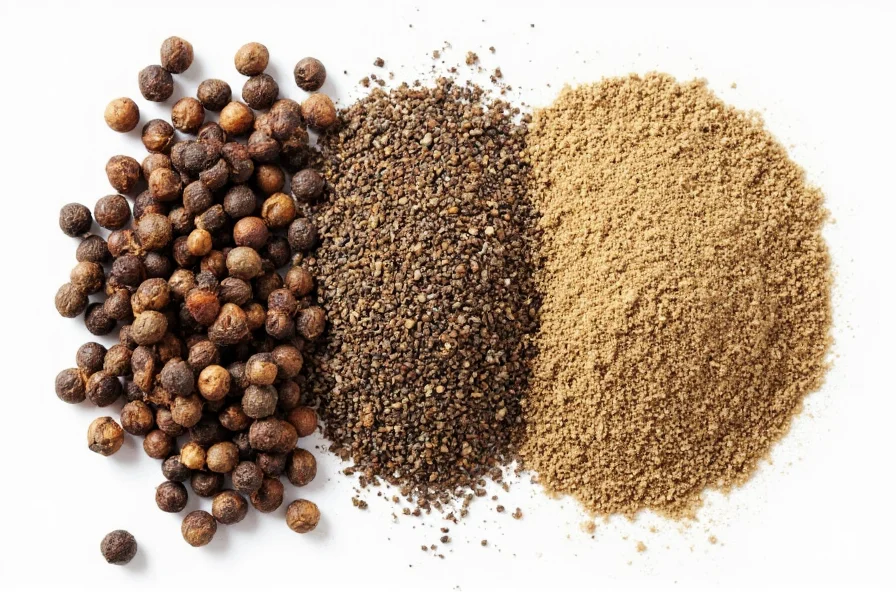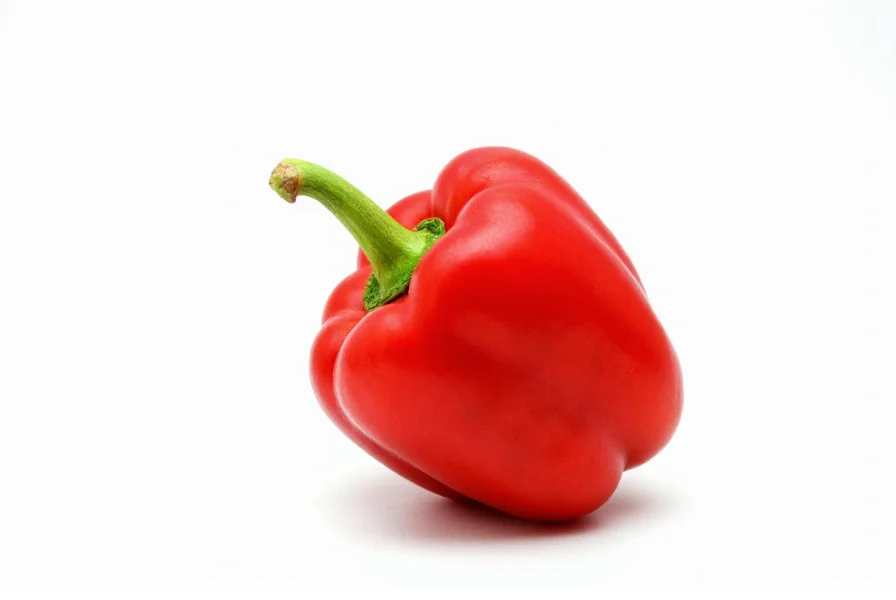Understanding the proper use of salt and pepper transforms ordinary dishes into extraordinary culinary experiences. These two seasonings represent the most basic yet powerful flavor enhancers available to home cooks and professional chefs alike. Despite their simplicity, many home cooks underutilize or misuse these fundamental ingredients, resulting in bland or unbalanced dishes.
The Historical Significance of Salt and Pepper
Salt has been valued since ancient times, with evidence of salt production dating back to 6050 BC. Historically, salt was so valuable it was used as currency—hence the word \"salary\" deriving from the Latin \"salarium,\" the money Roman soldiers received to buy salt. Pepper, originating from India, was equally precious in medieval Europe, often called \"black gold\" and used to secure loans or pay rent.
The pairing of salt and pepper became standard in European dining during the 17th century. As global trade routes expanded, both seasonings became more accessible, eventually earning their permanent place on dining tables worldwide. This historical context explains why \"salt and pepper\" (not \"sult an pepper\") remains the universal phrase for basic seasoning.
Understanding Different Salt Varieties
Not all salts function identically in cooking. The crystal structure, mineral content, and processing method significantly impact flavor release and application:
| Salt Type | Crystal Characteristics | Best Culinary Uses |
|---|---|---|
| Table Salt | Small, uniform crystals with anti-caking agents | General cooking, baking where precise measurement matters |
| Kosher Salt | Larger, irregular flakes, less dense | Seasoning meats, general cooking (easier to pinch and control) |
| Sea Salt | Varies by source, often flaky or crystalline | Finishing dishes, adding texture contrast |
| Himalayan Pink Salt | Pink hue, large crystals | Specialty finishing, salt block cooking |
When considering the difference between sea salt and table salt, remember that kosher salt's larger crystals dissolve more slowly, making it ideal for seasoning meats before cooking. Sea salt contains trace minerals that can impart subtle flavor variations depending on its source. Understanding these distinctions helps avoid common seasoning mistakes like over-salting.

Pepper Varieties and Their Culinary Applications
Black pepper's pungency comes from piperine, a compound activated when peppercorns are crushed or ground. The pepper spectrum includes:
- Black peppercorns: The most common variety, harvested unripe and sun-dried, developing their characteristic wrinkled appearance and complex flavor profile
- White peppercorns: Fully ripe berries with the outer layer removed, offering a more earthy, less complex flavor often used in light-colored dishes
- Green peppercorns: Unripe berries preserved in brine or freeze-dried, providing a fresher, fruitier note
- Red peppercorns: Ripe berries, rare and delicate, with sweet and floral notes
For optimal flavor, always use freshly ground pepper. Pre-ground pepper loses its volatile oils and aromatic compounds within days. The best pepper grinder for fresh pepper features ceramic or stainless steel grinding mechanisms that preserve flavor without imparting metallic tastes. Store whole peppercorns in an airtight container away from light and heat to maintain maximum potency for up to one year.

The Science Behind Perfect Seasoning
Salt enhances flavor through multiple mechanisms: it suppresses bitterness while amplifying sweet, sour, and umami tastes. The sodium ions interact with taste receptors, making other flavors more pronounced. When considering why salt enhances flavor chemistry, understand that it also affects food texture—drawing out moisture from vegetables or helping proteins denature during cooking.
Pepper contributes complexity through its volatile oils, which evaporate quickly when exposed to heat. This explains why culinary professionals recommend adding pepper:
- During the last few minutes of cooking for subtle background heat
- At the end of cooking for pronounced peppery notes
- As a finishing element for maximum aromatic impact
The proper salt to pepper ratio varies by dish, but a general guideline is 4:1 (salt to pepper) as a starting point. Always season incrementally, tasting as you go—this addresses the common mistake of not tasting while seasoning. When to add salt during cooking depends on the ingredient: add salt early for stocks and braises to allow flavor penetration, but later for delicate vegetables to prevent excessive moisture loss.
Practical Seasoning Techniques for Home Cooks
Mastering salt and pepper application transforms cooking results. Follow these evidence-based techniques:
- Season in layers: Add small amounts throughout the cooking process rather than all at once
- Use your hands: Pinching salt allows better control than shaking from a container
- Consider the dish temperature: Cold dishes require more seasoning than hot ones, as cold dulls flavor perception
- Balance with acid: When correcting over-salting, a touch of acid (lemon juice or vinegar) can restore balance
- Account for natural sodium: Reduce added salt when using ingredients like soy sauce, cheese, or canned goods
Professional chefs often describe seasoning as \"seasoning to taste\" rather than following strict measurements. This approach acknowledges that optimal seasoning depends on individual palates, ingredient quality, and dish composition. Developing your seasoning intuition comes through mindful practice and attention to how salt and pepper interact with other ingredients.
Avoiding Common Seasoning Mistakes
Even experienced cooks make seasoning errors. Watch for these pitfalls:
- Under-seasoning: Many home cooks fear over-salting and end up with bland dishes. Remember you can always add more, but cannot remove excess
- Using stale pepper: Pre-ground pepper loses 50% of its flavor within 3 days. Invest in a quality grinder and whole peppercorns
- Incorrect timing: Adding pepper too early in cooking diminishes its aromatic compounds
- Ignoring salt quality: Different salts have varying densities—1 teaspoon of table salt contains more sodium than 1 teaspoon of kosher salt
- Seasoning without tasting: Always taste before adding more seasoning to avoid compounding errors
Understanding these common seasoning mistakes helps develop better culinary judgment. The phrase \"sult an pepper\" might be a simple typo, but proper knowledge of actual salt and pepper usage represents a fundamental cooking skill that separates adequate meals from exceptional ones.
Conclusion: Mastering the Essential Seasoning Duo
Salt and pepper remain indispensable in culinary practice despite their simplicity. Their proper application requires understanding both the science behind flavor enhancement and practical techniques for implementation. By recognizing the different varieties available, their historical significance, and optimal usage methods, cooks can dramatically improve their dishes.
Remember that seasoning isn't merely adding salt and pepper—it's a thoughtful process of balancing flavors throughout the cooking journey. Whether you're a beginner correcting your \"sult an pepper\" understanding or an experienced cook refining your technique, attention to these fundamental seasonings yields immediate improvements in culinary results. The next time you reach for these seasonings, consider their journey from ancient trade routes to your kitchen, and season with both knowledge and intention.
Frequently Asked Questions
What's the difference between kosher salt and sea salt for cooking?
Kosher salt has larger, irregular crystals that dissolve more slowly and provide better control when seasoning by hand. Sea salt varies by source but typically contains trace minerals that can impart subtle flavor differences. Kosher salt is preferred for general cooking due to its consistent texture and lack of additives, while sea salt works best as a finishing salt to add texture and visual appeal.
Why does freshly ground pepper taste better than pre-ground?
Peppercorns contain volatile oils responsible for their aroma and complex flavor. When ground, these oils begin evaporating immediately. Pre-ground pepper loses up to 50% of its flavor compounds within three days, resulting in a flat, one-dimensional taste. Freshly grinding preserves these aromatic compounds, delivering the full spectrum of pepper's floral, piney, and spicy notes.
How can I fix a dish that's too salty?
If a dish is over-salted, several remedies can help balance the flavor. Add an acid like lemon juice or vinegar to counteract saltiness, incorporate unsalted ingredients to dilute the salt concentration, or include starches like potatoes or rice that absorb some salt. For soups and sauces, a small amount of sugar can also help balance excessive salt. Prevention is best—season incrementally and taste as you cook.
When should I add salt during the cooking process?
Salt timing depends on the dish. For stocks and braises, add salt early to allow flavor penetration. When cooking proteins, season at least 40 minutes before cooking to allow salt to penetrate. For vegetables, add salt later in cooking to prevent excessive moisture loss. Always finish seasoning just before serving, as flavors continue to develop and concentrate as food cooks. The key is seasoning in layers throughout the cooking process.











 浙公网安备
33010002000092号
浙公网安备
33010002000092号 浙B2-20120091-4
浙B2-20120091-4